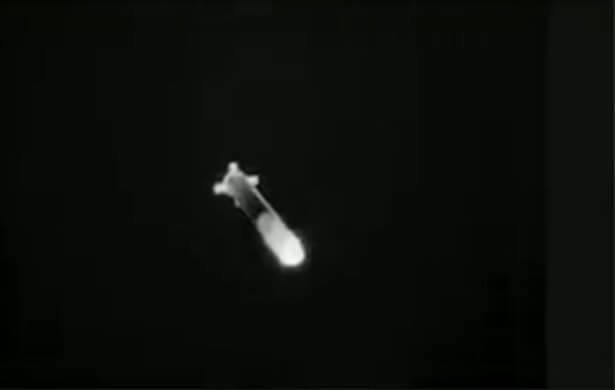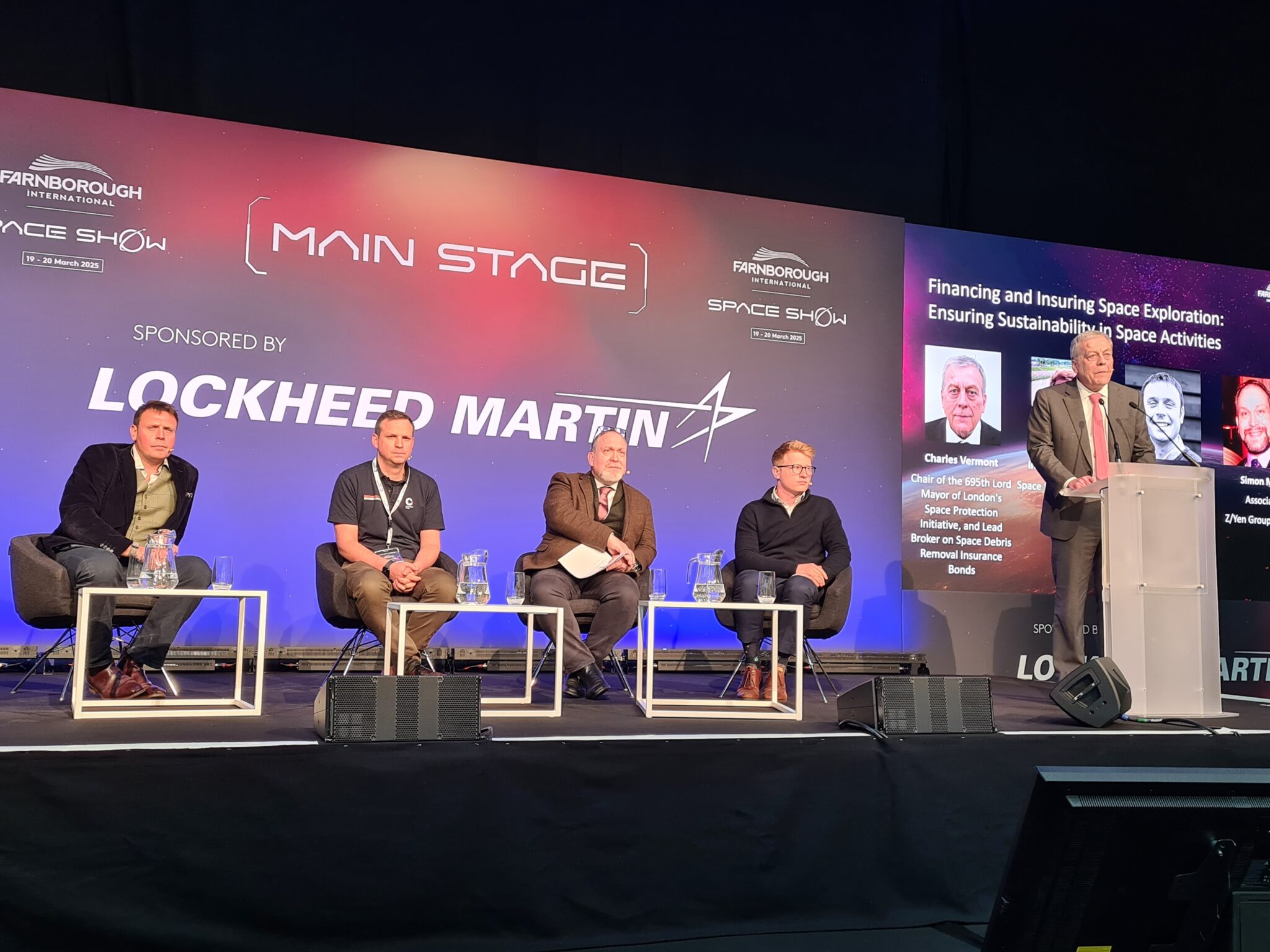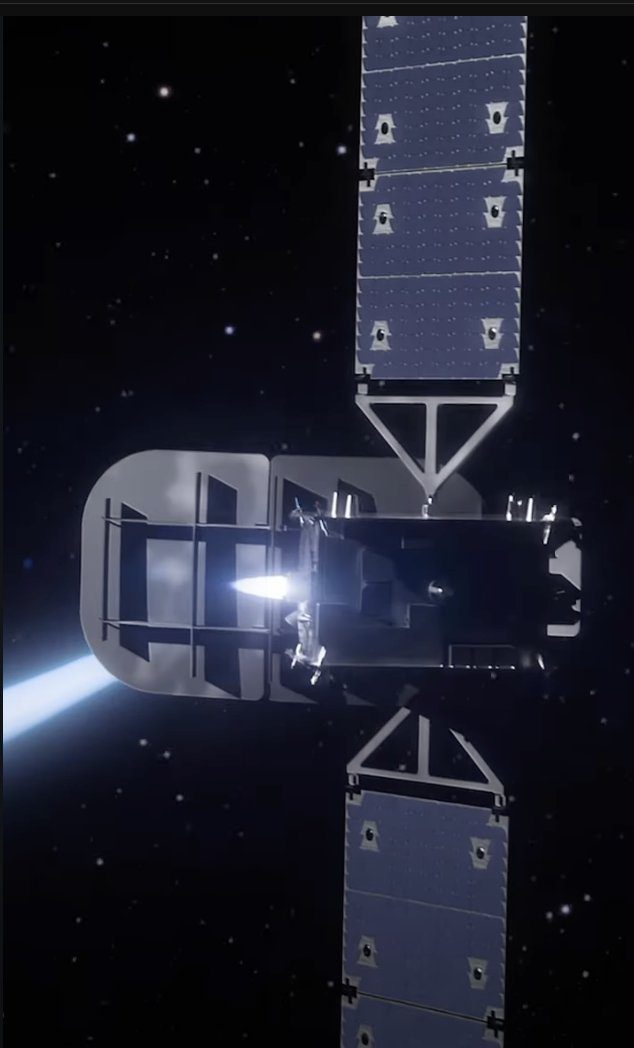Using the combined 5.1 million lbf thrust of 27 Merlin 1D engines, the SpaceX Falcon Heavy rocket lifted off from pad 39A at the Kennedy Space Centre near Cape Canaveral, Florida, on 25 June. It was a big success for its clients but had mixed results for SpaceX in its secondary recovery aspects. The main STP-2 mission for the US Air Force but with other passenger payloads on board, consisted of a multi-burn mission for the upper stage of the rocket, dropping off 24 satellite payloads at different “bus stop” orbits as it went. The combined mass of the payloads was only 3,700 kg – about one twentieth of what it can actually carry into orbit. However, the fuel intensive four-burn strategy used to take the rocket’s upper stage and dispenser assemblies to different orbits explains why such a small overall payload mass was carried.
According to astrophysicist and spaceflight analyst Jonathan McDowell, the timeline for the deployment of the payloads was as follows (note that UTC times quoted are analogous to GMT):
Stage 2 entered a 305 x 850 km x 28.5 km orbit at 0638 UTC and deployed a series of payloads:
0642 UTC, OCULUS-ASR for Michigan Tech, a 70 kg satellite with space surveillance calibration experiments.
0649 UTC, PPOD-1 deployed the TEPCE 1/2 cubesat, two 1.5U cubesats with a 1 km tether.
0654 UTC, PPOD-2 deployed Falconsat-7, a USAF Academy 3U cubesat with an experimental membrane-optic solar telescope
0658 UTC, PPOD-3 deployed ARMADILLO, a U. Texas 3U cubesat to study the LEO dust environment
0701 UTC, PPOD-4 deployed PSAT-2 and BRICSAT-2, US Naval Academy 1.5U amateur radio cubesats. BRICSAT (Ballistically Reinforced Cubesat) also has an electric thruster experiment. (PSAT-1 and BRICSAT-1 were launched in 2015, but BRICSAT-1 failed).
0703 UTC, PPOD-5 deployed a 1.5U cubesat for US Special Operations Command, probably Prometheus-2.5. A dummy model of a second Prometheus was also in the deployer, replacing a satellite that was transferred to another launch.
0709 UTC, PPOD-6 deployed the 3U E-TBEX A Enhanced Tandem Beacon Experiment, a 3U cubesat with tri-frequency ionospheric beacons to study ionospheric waves with high time resolution. The mission is led by SRI and sponsored by NASA.
0713 UTC, PPOD-7 deployed E-TBEX B.
0720 UTC, PPOD-8 deployed Cal Poly’s 2U CP9/LEO and Merritt Island High School’s 1U Stangsat, which studied the launch vehicle and ejection environment.
At 0742 UTC, the Falcon Heavy Stage 2 fired its engine to move to a 710 x 724 km x 24.0 deg orbit.
A series of small satellites were ejected in this second orbit:
At 0749 UTC, the 70 kg PROX-1 satellite from Georgia Tech was deployed. This satellite contains the Planetary Society’s LightSail-2 solar sail cubesat, which will be ejected and deployed in the coming weeks.
0752 UTC, the 83 kg NPSAT1 for the Naval Postgraduate School. NPSAT1 carries ionospheric and technology experiments.
0754 UTC, the circa 100 kg class OTB (Orbital Test Bed) for General Atomics (formerly SST-US). It carries the JPL Deep Space Atomic Clock and the Celestis Heritage capsule with the cremated remains of 152 people (including astronaut W. Pogue and Science Fiction author Jayge Carr).
0757 UTC, GPIM, NASA-MSFC’s Green Propellant Infusion Mission, was deployed. GPIM uses a Ball BCP-100 bus and has a mass of about 180 kg. It uses AF-M315E hydroxyl ammonium nitrate (NH3OHNO3) propellant as a less toxic alternative to hydrazine.
0801, 0804, 0806, 0809, 0813 and 0816 UTC, the six COSMIC-2 satellites were deployed in the order COSMIC 2-5, 2-6, 2-2, 2-4, 2-1, 2-3. The NOAA/NASA/Taiwan NSPO satellites carry a GPS-RO meteorology payload. They are successors to the six similar COSMIC-1 (FORMOSAT-3) satellites launched in April 2006.
At 0837 UTC, Stage 2 made a further burn to reach an approximately 700 x 6000 km x 42.1 deg orbit. Delta-V of the burn was about 2700 m/s.
At 0957 UTC, the fourth Stage 2 burn, over the equator at 140E, put the vehicle in a 6000 x 12000 km x 42.1 deg orbit with a delta-V of about 1360 m/s.
In this final orbit:
At 1004 UTC, the 668 kg DSX satellite was deployed. The USAF STP payload carries space weather and technology experiments.
After this, at around 1515 UTC, the 2nd stage reached perigee and underwent `passivation’ (jettison of remaining propellants and safing of batteries).
The two side boosters, B1052 and B1053, successfully fired themselves back towards LZ-1 and LZ-2 landing sites some 14km south of the launch site on the Florida coastline. After re-entry and final landing burns, they successfully recovered themselves intact onto the pads.

Infra-red image of one of the Falcon Heavy third flight’s side-mounted boosters with its paddle fins deployed making its approach to a successful landing back on the Florida coast. Courtesy: SpaceX
The core first stage B1057 was not so lucky. It was to fly 1,245 km down range to attempt a landing in the Atlantic on the barge Of Course I Still Love You. However, viewers of the live feed from the barge watched it explosively crash into the sea. Elon Musk, founder of SpaceX and the firm’s chief designer, later noted that an apparent hot gas breach into the engine bay during the faster than usual re-entry apparently caused the thrust vector control to fail on the core first stage’s centre engine, which is needed for the final part of the landing.
Apart from that failure, SpaceX did achieve one long-sought target: a ship-carried net recovery of one of its parafoil-slowed fairing halves, avoiding it splashing into the saltwater. The recovery motorboat – originally called Mister Steven but now, after an apparent sex change, called Ms Tree – caught the fairing half in a rear-mounted net by steering itself onto its glide path’s intersection with the water surface.

Falcon Heavy’s third flight core first stage does not make it onto its landing barge and crashes explosively into the sea. Courtesy: SpaceX









